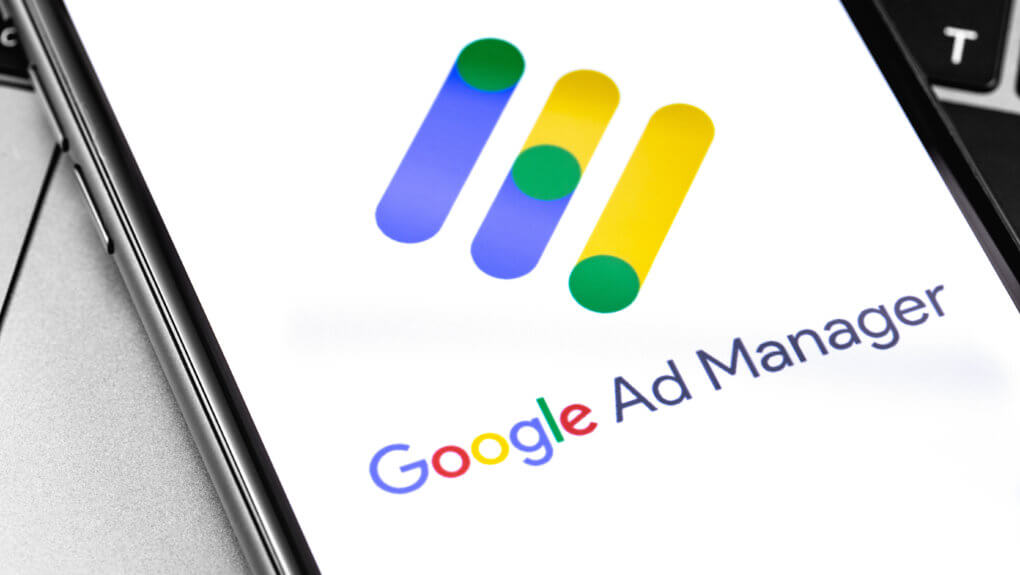After Google announced plans to phase out support for third-party cookies in Chrome within the next two years, digital marketers everywhere wondered what the future of advertising would look like. While it’s easy to predict doom and gloom on the horizon, at Major Tom, we prefer to come up with a plan.
Internet privacy and transparency can affect more than you think
The battle for privacy on the internet has been raging for years, with third-party cookies caught firmly in the crosshairs. Browser makers, individual users, and advertisers have a vested interest in the issue. For advertisers and individual users, free web content often requires well-targeted ads to survive. They exist in a symbiotic relationship; the freedom of the internet is, in part, paid for by advertisements.
This becomes especially concerning when we consider news sources. According to a study by Google, news publishers with no cookies present experienced 62% less revenue than those with cookies. This means that without targeted advertising to support free news sites, we may see a distinct drop in the variety of news publishers online. And, of course, when there is a monopoly on who can present the news, it is in greater danger of becoming biased.

It seems extreme, but keep in mind, the situation will be mitigated before the freedom of the internet is threatened. It is, however, important to keep things in perspective. Third-party cookies may threaten internet user privacy but they also, in part, allow for browser makers and advertisers to support free web content for users.
Google’s stance on the death of the third-party cookie
Google is attempting to mitigate the negative effect that outright blocking third-party cookies will have on advertisers and marketers. As the largest digital advertising platform in the world, Google themselves are included.
Google is taking a phased approach to the third-party cookie issue, differing greatly from Safari and Firefox’s absolutist standpoints. Where Safari and Firefox are already automatically blocking third-party cookies, Justin Schuh, the director at engineering for Chrome, writes that Google’s “intention is to do this within two years.” Google has also suggested other options, like a privacy sandbox, to help mitigate the potential damage this will cause against advertisers.

Privacy sandbox
Google’s proposed ‘privacy sandbox’ essentially means that websites will still be able to gather information about visitors but will hit a wall before it gets too personal where the browser cuts them off.
Google’s privacy sandbox is still in its infancy and other technical suggestions are cropping up across the web browsing landscape. Because third-party cookies will affect every individual user and almost every company online, there is no easy solution.
What you can do as a marketer
Of course, it’s easy to get caught up in the fear-mongering of ‘the death of the third-party cookie’ but you could instead see this as a way to rethink your approach.
The death of the cookie is a good reminder not to rely too heavily on any one tool. When you’re employing multiple tactics, it’s much easier to be flexible when obstacles arise. Now, because of the privacy issues, we’re noticing a shift from third-party data aggregation to a focus on first-party data.
Vickie Hsieh, Group Lead Marketing Automation at Major Tom, weighed in on one potential avenue marketers should consider exploring in regards to first-party data. Below, she discusses the benefits of email marketing.
Retention is the new acquisition
Your most precious first-party data asset is email.
As one of the oldest yet most effective messaging channels, Vickie states email marketers have long understood the importance of a long-term strategy of building customer profiles and putting data to work. Email marketing has the potential to be your content hub for promotions, education, and retargeting.
According to HubSpot, 99% of consumers check their email every day and it is by far the preferred way to receive updates from brands. If you still needed convincing, HubSpot states that “email generates $38 for every $1 spent, which is an astounding 3,800% ROI, making it one of the most effective options available.” And, 80% of businesses believe that email marketing increases their customer retention.

With social media platforms, “you don’t own your followers, or even the content you post,” Vickie states. “That’s why building an email list is so important. This is a contact list that you own. Since customers must opt-in to hear from you, you know you have their explicit permission that they want to receive information about your brand.”
Since email marketing is largely regulated by countries, customers feel more comfortable about the way their data is handled by brands. US companies follow the CAN-SPAM act, for Canada, it’s the CASL laws, and the EU has the GDPR in place.
Don’t panic
At this point, Google is still two years away from phasing out third-party cookies. With possible solutions on the horizon, like the privacy sandbox, now is not the time to panic. Instead, put your efforts into having a robust first-party cookie plan in place by incorporating and nurturing aspects like email marketing. While it isn’t yet time to say goodbye to third-party cookies, it is absolutely time to ensure your marketing plan is as well-rounded as possible.